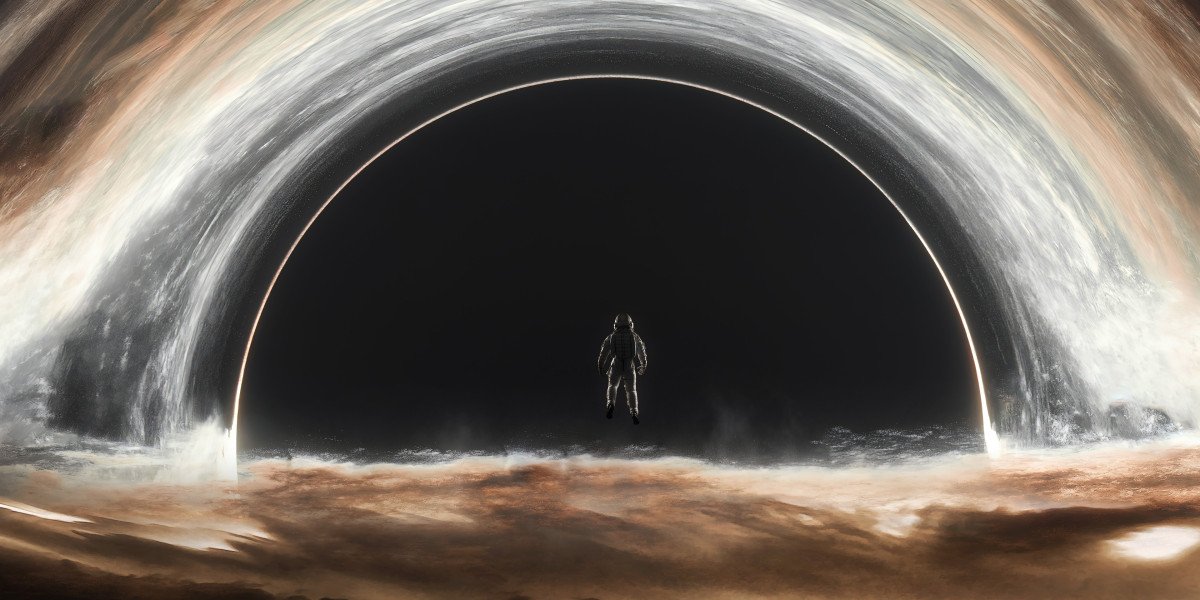Espresso is more than just a coffee; it is a complex beverage that embodies a rich history and a meticulous brewing process. Understanding the parts of an espresso can significantly enhance your appreciation for this beloved drink. In this article, we will delve into the essential components that contribute to a perfect espresso, ensuring you grasp the intricacies involved.

1. The Coffee Beans
The foundation of any espresso lies in the quality of the coffee beans used. Typically, espresso is made from Arabica or Robusta beans, each offering distinct flavor profiles. Arabica beans are known for their sweetness and acidity, while Robusta beans provide a stronger, more bitter taste. When selecting coffee beans, consider the following:
- Origin: Different regions produce beans with unique flavors.
- Roast Level: Light, medium, or dark roasts can influence the final taste.
- Freshness: Freshly roasted beans yield a more vibrant flavor.
2. The Grind Size
The grind size of the coffee beans is crucial in the espresso-making process. A fine grind is essential for extracting the rich flavors and aromas that characterize a perfect espresso. If the grind is too coarse, the water will flow through too quickly, resulting in a weak and under-extracted shot. Conversely, a grind that is too fine can lead to over-extraction, producing a bitter taste. Therefore, achieving the right grind size is one of the key parts of an espresso preparation.
3. The Espresso Machine
The espresso machine is another vital component in the espresso-making process. It uses pressure to force hot water through the coffee grounds, extracting the flavors and oils. Key features to consider in an espresso machine include:
- Pressure: A consistent pressure of 9 bars is ideal for optimal extraction.
- Temperature Control: Maintaining the right temperature (around 200°F) is essential.
- Build Quality: A well-constructed machine ensures durability and performance.
4. The Extraction Process
The extraction process is where the magic happens. During this phase, water interacts with the coffee grounds, extracting essential oils, flavors, and aromas. The ideal extraction time for espresso is typically between 25 to 30 seconds. If you find that your espresso is too bitter or sour, adjusting the extraction time can help achieve a more balanced flavor. Understanding the extraction process is crucial to mastering the parts of an espresso.
5. The Crema
Finally, we cannot overlook the importance of crema, the golden layer that forms on top of a well-pulled espresso shot. Crema is a sign of a properly extracted espresso and contributes to the overall flavor and mouthfeel. It is formed by the emulsification of oils and gases during the brewing process. A rich, thick crema indicates that the espresso has been brewed correctly, showcasing the quality of the beans and the skill of the barista.
In conclusion, understanding the parts of an espresso—from the coffee beans to the extraction process—can significantly enhance your coffee experience. By paying attention to each component, you can appreciate the artistry involved in crafting the perfect espresso. Whether you are a coffee enthusiast or a casual drinker, knowing these key elements will deepen your connection to this exquisite beverage.








